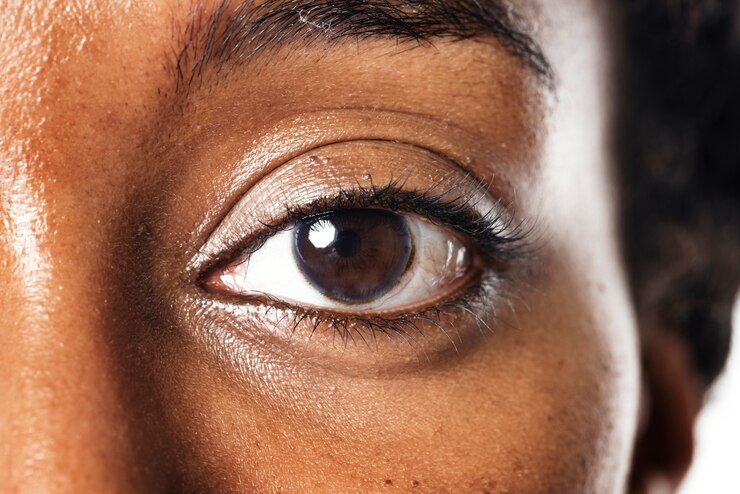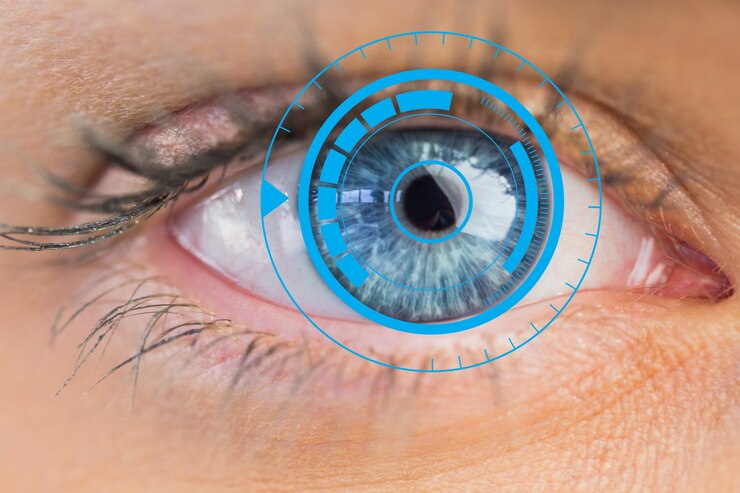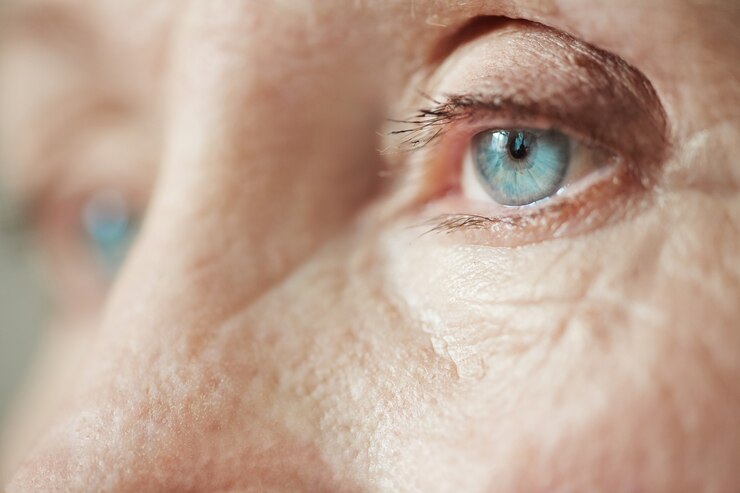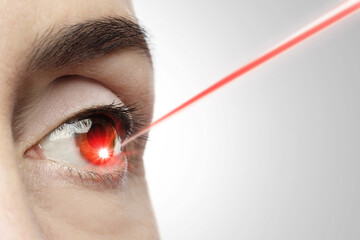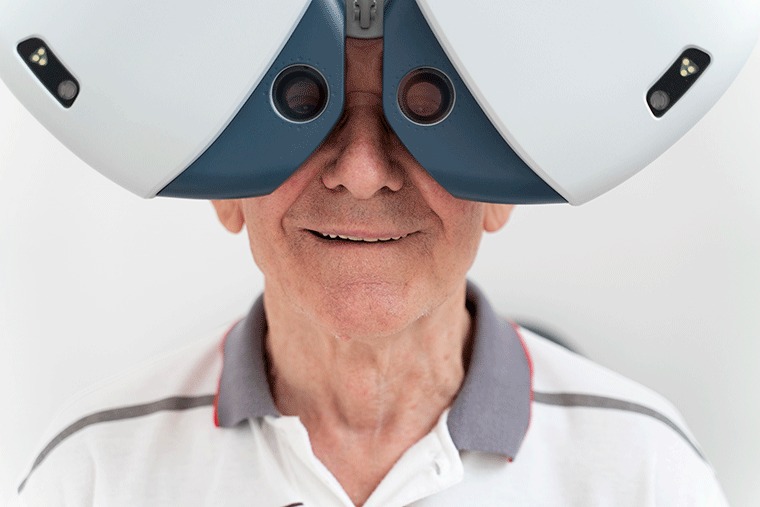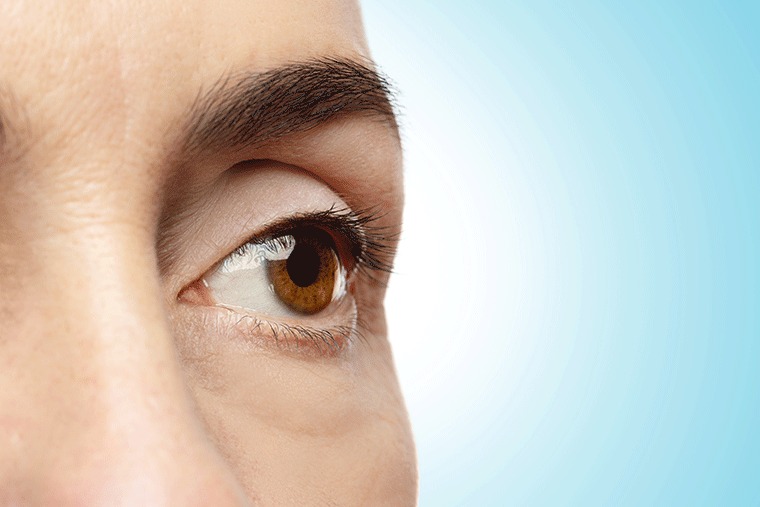Everything You Need to Know About Strabismus (Squint) Eye Surgery
June 20, 2024
Have Any Questions?
Please contact us, if you have any queries
Categories

Strabismus, commonly known as a squint, is a condition where the eyes do not align properly. One eye may turn in, out, up, or down while the other eye focuses on a single point. This misalignment can be constant or intermittent and can affect both children and adults. Strabismus surgery aims to correct this misalignment, improving both the appearance and functionality of the eyes. The surgery involves adjusting the muscles around the eyes to ensure they work together properly. This comprehensive guide provides detailed insights into strabismus, including its definition, affected demographics, symptoms, causes, and the surgical process. Understanding these aspects is crucial for those considering or preparing for strabismus surgery.
WHAT IS STRABISMUS OR (SQUINT)?
Strabismus, or squint, is a visual disorder where the eyes do not look in the same direction at the same time. Normally, the brain coordinates the movement of the eyes so they point in the same direction and perceive depth accurately. However, in strabismus, there is a lack of coordination between the extraocular muscles, causing the eyes to deviate. This misalignment can be in any direction: inward (esotropia), outward (exotropia), upward (hypertropia), or downward (hypotropia). Strabismus can occur intermittently or constantly and may affect one or both eyes. It is essential to address strabismus promptly, as it can lead to amblyopia (lazy eye) where the brain starts ignoring the input from the misaligned eye, potentially resulting in permanent vision loss.
Strabismus can develop due to various reasons, including congenital factors, developmental issues, or acquired conditions. Congenital strabismus is often present at birth or develops in early infancy. Developmental strabismus can emerge as a child grows, often becoming noticeable between ages 2 and 4. Acquired strabismus can occur later in life due to trauma, medical conditions like diabetes or stroke, or other eye disorders. Diagnosing strabismus typically involves a comprehensive eye examination, including visual acuity tests, alignment assessments, and possibly imaging studies. Early detection and treatment are vital for preventing long-term vision problems and enhancing the quality of life for those affected.
WHO ALL ARE AFFECTED?
Strabismus can affect individuals of all ages, from infants to adults. However, it is most commonly diagnosed in children. Approximately 2-4% of the population is affected by strabismus, making it a relatively common eye disorder. In children, the condition often becomes noticeable during infancy or early childhood. Genetic factors can play a significant role, as a family history of strabismus increases the likelihood of developing the condition. Children with conditions such as Down syndrome or cerebral palsy are also at a higher risk.
IN ADULTS
Strabismus can develop due to various reasons, including untreated childhood strabismus that reoccurs or new onset due to medical conditions such as thyroid eye disease, diabetes, stroke, or neurological disorders. Trauma to the eye or head can also cause strabismus in adults. Additionally, certain surgeries or illnesses that affect the nervous system can lead to the development of strabismus.
IN CHILDREN
The impact of strabismus extends beyond physical misalignment of the eyes. In children, it can affect visual development, leading to amblyopia if not treated promptly. Social and psychological effects are also significant, as noticeable eye misalignment can lead to self-consciousness and social stigma. Adults with strabismus may face challenges in professional and social settings, affecting their quality of life. The comprehensive nature of strabismus underscores the importance of early detection, ongoing monitoring, and appropriate intervention to mitigate its impacts across all age groups.
SYMPTOMS OF STRABISMUS
MISALIGNMENT OF THE EYES: The most noticeable symptom is the visible misalignment, where one eye may point in a different direction than the other.
DOUBLE VISION: Adults and older children with strabismus might experience double vision, as the brain receives two different images from each eye.
UNCOORDINATED EYE MOVEMENTS: The eyes may not move together smoothly. One eye might seem to lag behind or move independently.
HEAD TILTING OR TURNING: Individuals often tilt or turn their head to try to use both eyes together and reduce double vision or discomfort.
SQUINTING OR CLOSING ONE EYE: To improve vision or reduce double vision, a person might frequently squint or close one eye, especially in bright light or when focusing on distant objects.
DIFFICULTY WITH DEPTH PERCEPTION: Strabismus can impair depth perception, making it challenging to judge distances accurately.
EYE STRAIN AND FATIGUE: Strabismus can cause significant eye strain and fatigue, especially during tasks that require focused vision like reading or using a computer.
FREQUENT BLINKING OR EYE RUBBING: Children with strabismus may often blink excessively or rub their eyes, indicating discomfort or visual disturbance.
IN CHILDREN
The early symptoms can be subtle. Parents might notice their child’s eyes occasionally crossing or drifting. In some cases, the child may not show obvious symptoms but could have difficulties with reading or hand-eye coordination. Regular eye examinations are crucial, as early detection and treatment of strabismus can prevent complications such as amblyopia and enhance visual development. In adults, any sudden onset of strabismus requires immediate medical attention, as it could indicate an underlying health issue that needs prompt treatment.
CAUSES OF STRABISMUS
Genetic Factors: A family history of strabismus significantly increases the risk. Genetic predisposition can affect the development and function of the eye muscles and nerves.
Congenital Conditions: Strabismus present at birth or developing in infancy is often linked to congenital issues. Conditions like congenital esotropia or exotropia are relatively common in newborns.
Neurological Disorders: Problems with the brain or nervous system, such as cerebral palsy, Down syndrome, or hydrocephalus, can disrupt the coordination of eye movements, leading to strabismus.
Refractive Errors: Significant differences in vision between the two eyes (anisometropia) or severe nearsightedness, farsightedness, or astigmatism can cause the eyes to turn inwards or outwards.
Muscle Abnormalities: Dysfunction or malformation of the eye muscles can prevent proper alignment. This can be due to developmental issues or acquired conditions.
Medical Conditions: Diseases such as diabetes, thyroid eye disease, or stroke can affect the muscles or nerves controlling eye movement, leading to strabismus.
Injuries: Trauma to the eye or head can damage the muscles or nerves, resulting in misalignment.
Infections: Severe infections that affect the eye or brain, such as meningitis, can cause strabismus.
ABOUT STRABISMUS (SQUINT) EYE SURGERY
Strabismus eye surgery aims to correct the misalignment of the eyes by adjusting the muscles responsible for eye movement. This surgical intervention is typically considered when non-surgical treatments, such as glasses, prisms, or vision therapy, are insufficient in correcting the condition. The surgery can be performed on one or both eyes, depending on the specific needs of the patient.
Preoperative Assessment: A thorough preoperative evaluation is essential to determine the type and extent of muscle adjustment required. This assessment includes measuring the degree of misalignment, assessing the health and function of the eye muscles, and considering any underlying conditions contributing to the strabismus.
Surgical Procedure: During the surgery, which is usually performed under general anesthesia, the surgeon makes a small incision in the conjunctiva (the clear membrane covering the white part of the eye) to access the eye muscles. The muscles are then repositioned by either shortening (resecting) or lengthening (recessing) them, depending on whether the eye needs to be strengthened or weakened. The goal is to achieve proper alignment so that the eyes can work together more effectively.
Recovery: Postoperative care is crucial for a successful outcome. Patients may experience mild discomfort, redness, or swelling in the operated eye(s) for a few days. Eye drops or ointments are often prescribed to prevent infection and reduce inflammation. Follow-up visits are necessary to monitor the healing process and ensure that the eyes remain properly aligned.
Outcomes and Complications: The success rate of strabismus surgery is generally high, with many patients achieving significant improvement in eye alignment and binocular vision. However, some patients may require additional surgeries to fine-tune the alignment. Potential complications, though rare, include infection, bleeding, or adverse reactions to anesthesia. In some cases, overcorrection or under-correction of the alignment may occur, necessitating further treatment.
CONCLUSION
Strabismus, or squint, is a common eye disorder characterized by misaligned eyes, which can significantly impact visual development and quality of life. It affects individuals across all age groups, with varying symptoms such as double vision, eye strain, and impaired depth perception. The causes of strabismus are diverse, including genetic factors, congenital conditions, neurological disorders, refractive errors, and injuries. Strabismus eye surgery plays a crucial role in correcting eye alignment when other treatments are insufficient.
Schedule an appointment with Dr. Rani Menon Maxivision Eye Hospitals for the best eye care treatments in Kerala.

